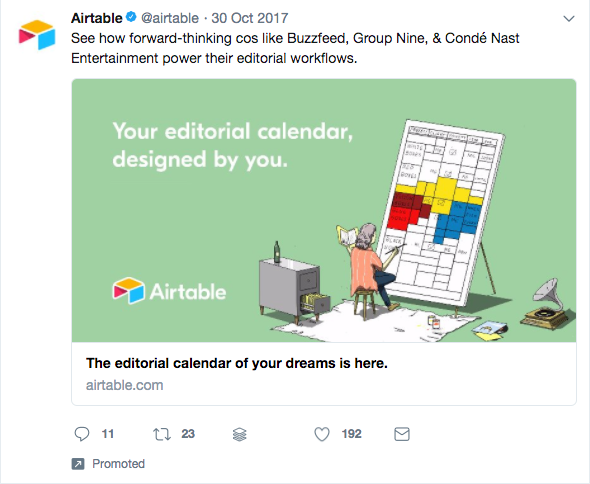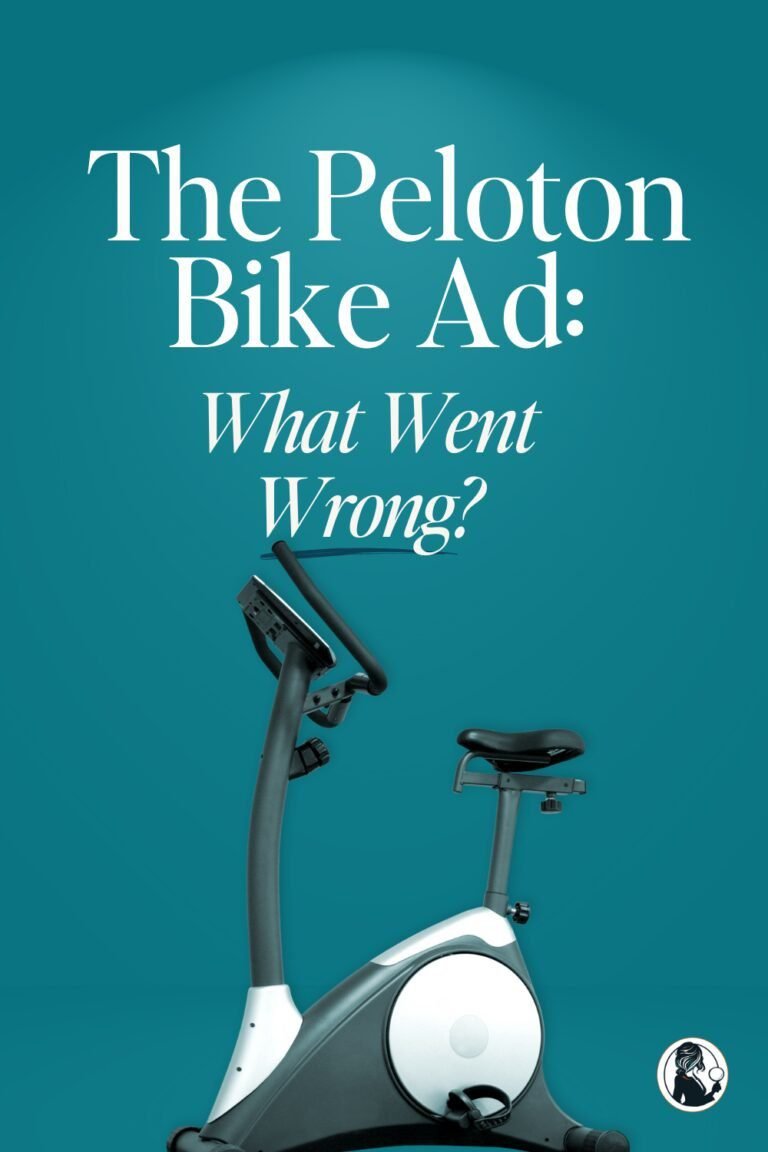Can you spot the broken first rule in the customer journey?
Recently, I spotted an ad on Twitter for an app I currently use… and it was a quick reminder that for all the talk of customer journeys, there is one hard and fast rule in my book that you never break. Ever. Or if you do, it’s at your brand’s peril.
I could just tell you that rule now… but where’s the SHOW in that? So this post is going to take you on my journey with this ad and I’d love your comments on what do-not-break-this-rule rule this is. If I show you this correctly, you’ll have it spot on before I offer the morale of this tale. So let’s see if I can put my show, don’t tell money where my mouth is.
I’m a fan of Airtable.
I’m a pretty new, currently-onboarding customer who, by the way, has already recommended this product and shared my “base” with a lot of my coworkers so they can check it out. They still like me, I promise. They have adopted it, as well. (And yup, I will write a post sometimes soon about how I use Airtable but that’s another day.) I see great potential and it’s doing a great job of keeping me honest and helping me refine a workflow that will allow me meet my goals this year.
It’s because of promoted social ads on Twitter that I was introduced to them — So that’s a win for funnel vision. Go advertising.
Narrator interjection here: I think it’s important to note that the Funnel Visions I do aren’t because I like or dislike a brand. We can all improve and we should all learn from each other. I learn as much from writing these posts as I hope you learn from reading them. So this is my way of learning from them and showing what I’ve learned, as a customer and how to apply those lessons to being a better marketer.
The first Airtable ad I saw was pre me screenshotting every ad that catches my eye, so it was a while ago. I’ve been spending time in the product when I can. I’ve used it to solve some workflow and information connection issues at my job, which I love. I’ve also used to better track my efforts here on the site. But there’s a lot to this app. It has SO many capabilities that I have barely scratched the surface. There are formulas, there are blocks, there are so many features I have yet to quite figure out.
So one morning a while back, while sitting on my computer with my fourth cup of coffee (I don’t remember exactly, but this is a pretty likely number) and perusing Twitter feeds for the latest on my job, on General Hospital and the San Jose Sharks, I was targeted with another Airtable ad.
Here is the ad:
Knowing where I am in their funnel, where I am with the product (let me set that stage appropriately: new product fan girl onboarding in the free version of the product, who gushes to coworkers about it and wishes I could just spend five solid days learning how to use it better…) what do you think appealed to me here?
“See how forward-thinking cos like Buzzfeed, Group Nine, & Condé Nast Entertainment power their editorial workflows.”
Yes, please!
I want to know that. If they are going to tell me how Buzzfeed and others use this tool for their editorial calendar — that’s great! It’s a case study that I, as an onboarding customer in the days of trying to see the power of the product, really, really (really) want to see.
And in fact, this is the kind of content that can be delivered when you can’t tell if your customers and non-customers are both seeing your ad — there is value for both in a case study like this.
So happily I click on the ad. This is the link this ad delivers to : https://airtable.com/?try=editorial&utm_source=twitter&utm_campaign=103017lantern&utm_content=mondrianedcal
It goes straight to airtable.com . As a customer who had the app open in my browser (one of 3,523 tabs open), this link took me right to my own dashboard.
Umm. I’m not Buzzfeed. Or Conde Nast.
This is disappointing. I really wanted to see how they used the product. I wanted to learn better ways to take advantage of all it has to offer. Where is the content I thought I’d get to see?
The ad did its job, and the copy was great:
“See how forward-thinking cos like Buzzfeed, Group Nine, & Condé Nast Entertainment power their editorial workflows.”
Good power words, including “power”, “workflows”, and “forward-thinking.” Great social proof triggers with brand names I know well.
If you’re going to tweak my curiosity and fulfill the need-to-know now moment you created for me (go you), then you better deliver. Otherwise, it’s sort of like saying “Hey, I’m sending you flowers… but I had them delivered to the wrong address.”
It’s the thought that counts right? Not so much when you’re working to steer your customers on their journey and put yourself as the one to help them win the girl, conquer the mountain or just learn how to build a database on steroids.
A multitude of things could have happened on the way to this ad being sponsored. I also noticed, after going back to the ad to see if I’d somehow clicked the only link wrong, the date on this ad was October 2017. It could be an old ad. The content could be gone. Moved. I’m not sure – but I left that interaction as a disappointed customer. Still a fan of the product, but feeling a little let down that I couldn’t engage with what they offered. It was an opportunity to win me even further.
So what’s the morale of this funnel vision story? Deliver on your promises.
But I’m betting you knew that already. 🙂
Your ads are a promise. To customers and prospects alike, the copy and the offers set expectations that attach to their experience with you as a brand. So make sure you deliver on those promises, each and every time.








